Startup offers laser cut lamination stacks
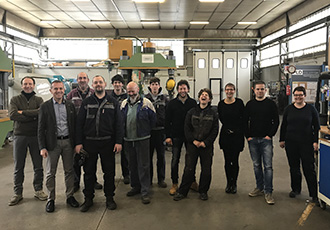
It has been announced that two new members have recently joined the AEMT (The Association of Electrical and Mechanical Trades). Nestech, a startup producing laser cut lamination stacks is the second member to join.
In 2017, the new startup Nestech was launched by Roberto Movio, working in partnership with PLD Collettori and bringing two additions to the works team for machining and assembly.
Nestech has positioned themselves to offer laser cut laminations for poles, stators, rotor cores, linear motors, transformers, and stirrer stacks completed with windings, shafts, and fabricated housings if requested. Applications for Nestech’s products vary widely from prototype traction motors in the automotive industry to rotor/stator replacements in the repair industry.
The choice for focusing on laser cutting over stamping was clear to Movio; he has placed himself within the one off to small batch market, his main competition is from in house laser cutting equipment. There are very few laser cutting companies within Europe who also offer a completed stack ready for assembly.
The company is young, but has already enjoyed the use of a factory with an ISO 9001 quality management system and a 14001 environmental management system in place, thus meeting the requirements of high profile organisations in their client list such as Nottingham University and a major car manufacturer.
Movio has taken great care to adopt sustainable practises in production, respecting his workforce, his suppliers, and customers with equal measure. The flexibility of a small workforce means fulfilling these promises is easier than for larger organisations.
Sharing PLD Collettori’s workshop equipment means Nestech can manage products from a 200 to 2,000mm diameter with lengths up to 3,000mm. Strategic partnerships have been made with skilled locals, meaning Nestech can also supply pole and stator stacks complete with windings.
Roberto has carefully curated a range of high quality suppliers from his contacts within the sector for producing his laser cut laminations. Utilising PLD Collettori’s 3D CAD department allows the company to work with customers to produce accurate drawings, and his expertise in the latest technologies means customers can rely upon his advice for material composition, and assembly options.
For the repair market, Nestech can reverse engineer rotor and stator stacks, although original documentation offering dimensions and material grades is important to get an exact replica. If, however, the specification is to enhance the apparatus’s speed or efficiency, then by drawing on Nestech’s experience, a solution can be developed with more modern insulation and material grades, improving the mechanical properties of the replacement product.
Once the final design has been signed-off, the CAD drawings are sent to their laser cutters, while Nestech’s technicians start work on the jigs required to hold the laminations together for pressing.
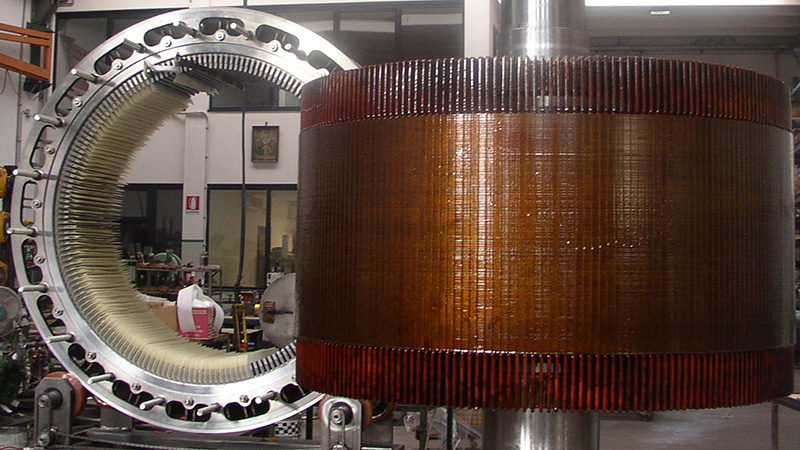 Backlack bonding
Backlack bonding
There are many ways in which the laminations can be insulated, stacked and pressed together. A current technology trend in the last few years is a varnish bonding called ‘backlack’. The technique significantly improves the mechanical strength and magnetic flux of the finished product over past techniques such as crimping, riveting, or welding.
An insulating and bonding varnish is applied to both sides of the silicon steel lamination before cutting. Once assembled into a stack using a bespoke jig, pressure is applied and the product baked in the oven at 200°C to form a strong insulated bond. The resulting stack provides many improvements such as:
- A stiffness which means the stack can be easily, and accurately machined to tight tolerances, and stator segments can withstand heavier loads than usual without deforming.
- Compared to crimping or welded seams, the improved insulation of backlack bonding overcomes short circuits, which can be caused during welding, leading to better magnetic properties and less losses as a result.
- A tight bonding between laminations minimises vibrations and noise.
- The laminations don’t breathe under temperature variations, so corrosion is prevented.
Although a superb technology, backlack is not always desirable. For instance, in larger sheets, or for complex laminations with a small surface area to glue, it is still preferable to weld, bolt or rivet the laminations together.
Once pressed, the stacks will require machining to the final dimensions and are prepared for any further requested work. Before shipping, a dielectric or flash test checks the completed stack for sound assembly, guaranteeing a quality product on delivery.
The Nestech partnership is in its early stages and there is still plenty of work on building business. Whether the PLD Collettori and Nestech will combine to offer their services together or separate as Nestech grows more independent is too early to say. For the time being, the symbiotic relationship has really helped propel Nestech into success.
Similar articles
More from AEMT (The Association of Electrical and Mechanical Trades)
- Mobile varnish lab is in fast lane to success 9th October 2019
- When it comes to electric motors what is best, new for old? 2nd May 2019
- What is IEC 60034-23 and how does it impact me? 28th January 2019
- Conference examines opportunities created by the Circular Economy 19th November 2018

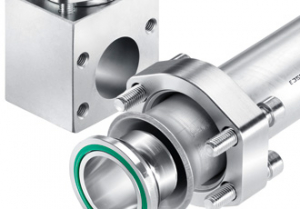
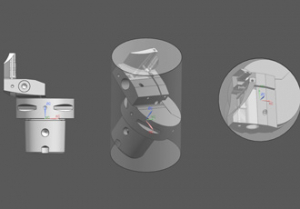
ed.jpg)
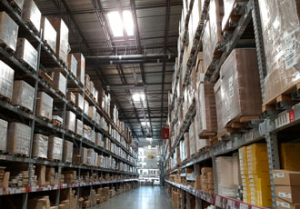







Write a comment
No comments